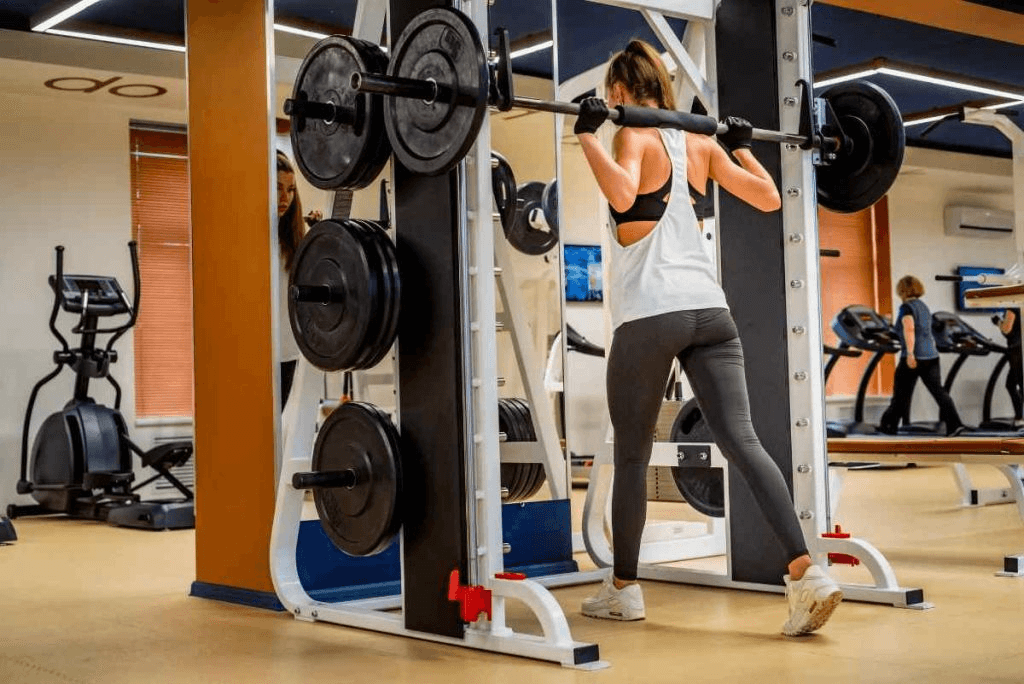When it comes to building a strong, well-defined chest, the pec fly is a cornerstone exercise. Whether you're using a chest fly weight machine or incorporating dumbbell fly weight into your routine, understanding the proper weight and standards is crucial for maximizing gains and avoiding injury. This article dives into the nuances of pec fly weight, dumbbell flyes weight, and the standards you should follow to achieve optimal results.
What is a Pec Fly?
The pec fly, also known as the chest fly, is an isolation exercise that targets the pectoral muscles. It can be performed using a cable machine, a pec deck, or dumbbell fly weight. The movement involves bringing your arms together in front of your chest, mimicking a hugging motion, which effectively engages the chest muscles.
Importance of Choosing the Right Weight
Selecting the appropriate chest fly weight or dumbbell chest fly weight is essential for both safety and effectiveness. Using too much weight can compromise your form, leading to shoulder strain or other injuries. On the other hand, using too little weight may not provide enough resistance to stimulate muscle growth.
For beginners, it’s recommended to start with lighter weights, such as 10-15 lb dumbbells, and gradually increase as you build strength and confidence in your form. Intermediate and advanced lifters may use heavier dumbbell fly weight, typically ranging from 20-50 lbs, depending on their fitness level and goals.
Dumbbell Fly Standards: What You Need to Know
When performing dumbbell flyes, adhering to proper standards ensures you’re getting the most out of the exercise while minimizing the risk of injury. Here are some key dumbbell fly standards to keep in mind:
-
Controlled Movement: Avoid swinging the weights or using momentum. The motion should be slow and controlled, emphasizing the stretch and contraction of the chest muscles.
-
Full Range of Motion: Lower the dumbbells until your arms are parallel to the floor or slightly below, ensuring a deep stretch in the chest. Bring them back up to the starting position without locking your elbows.
-
Proper Alignment: Keep your back flat on the bench and your feet firmly planted on the ground. Avoid arching your back, as this can lead to strain.
-
Breathing Technique: Inhale as you lower the weights and exhale as you bring them back up. Proper breathing helps stabilize your core and maintain control.
How to Determine Your Ideal Pec Fly Weight
Finding the right pec fly weight or dumbbell fly weight depends on several factors, including your fitness level, experience, and goals. Here’s a simple guide to help you determine the appropriate weight:
-
Beginners: Start with lighter weights (10-15 lbs) to focus on form and muscle activation.
-
Intermediate Lifters: Use moderate weights (20-35 lbs) to challenge your muscles while maintaining proper technique.
-
Advanced Lifters: Opt for heavier weights (40-50+ lbs) to maximize strength and hypertrophy, but always prioritize form over ego.
Benefits of Incorporating Pec Flys into Your Routine
Adding dumbbell flyes weight or chest fly weight exercises to your workout regimen offers several benefits:
-
Isolates the Chest Muscles: Unlike compound exercises, pec flys specifically target the pectorals, helping to build a more defined chest.
-
Improves Muscle Symmetry: By working each side independently, dumbbell flyes help address muscle imbalances.
-
Enhances Stretch and Contraction: The full range of motion in pec flys promotes better muscle activation and growth.
-
Versatility: Whether you use a machine or dumbbells, pec flys can be easily incorporated into any chest workout.
Common Mistakes to Avoid
Even with the right dumbbell fly weight, improper form can hinder your progress. Here are some common mistakes to watch out for:
-
Using Too Much Weight: This often leads to poor form and reduces the effectiveness of the exercise.
-
Overarching the Back: Keep your core engaged and your back flat to avoid unnecessary strain.
-
Rushing the Movement: Slow, controlled reps are key to maximizing muscle engagement.
Conclusion
Understanding pec fly weight, dumbbell fly weight, and the associated standards is essential for anyone looking to enhance their chest workout. By choosing the right weight, maintaining proper form, and following dumbbell fly standards, you can effectively target your pectoral muscles and achieve your fitness goals. Whether you're a beginner or an advanced lifter, incorporating dumbbell chest fly weight exercises into your routine will help you build a stronger, more defined chest. Remember, quality always trumps quantity—focus on form and progression to see the best results.











































Leave a comment
This site is protected by hCaptcha and the hCaptcha Privacy Policy and Terms of Service apply.